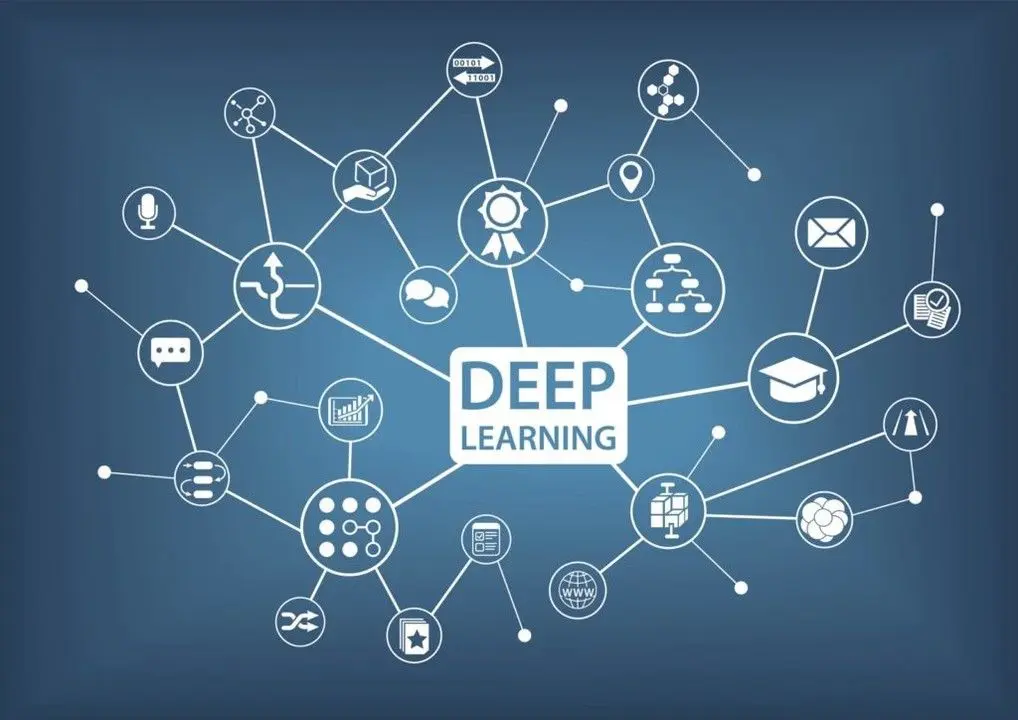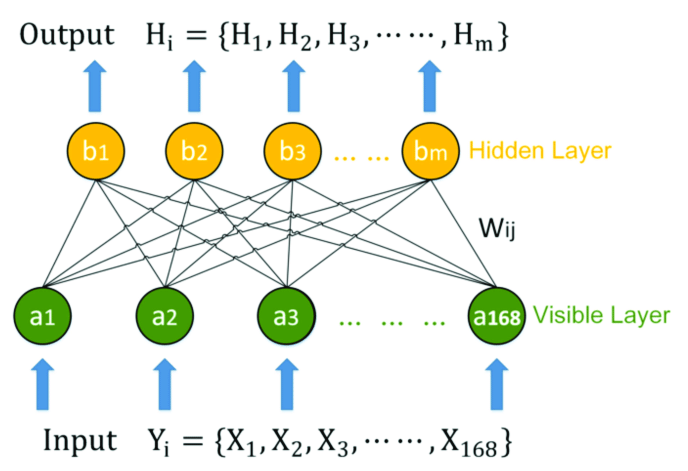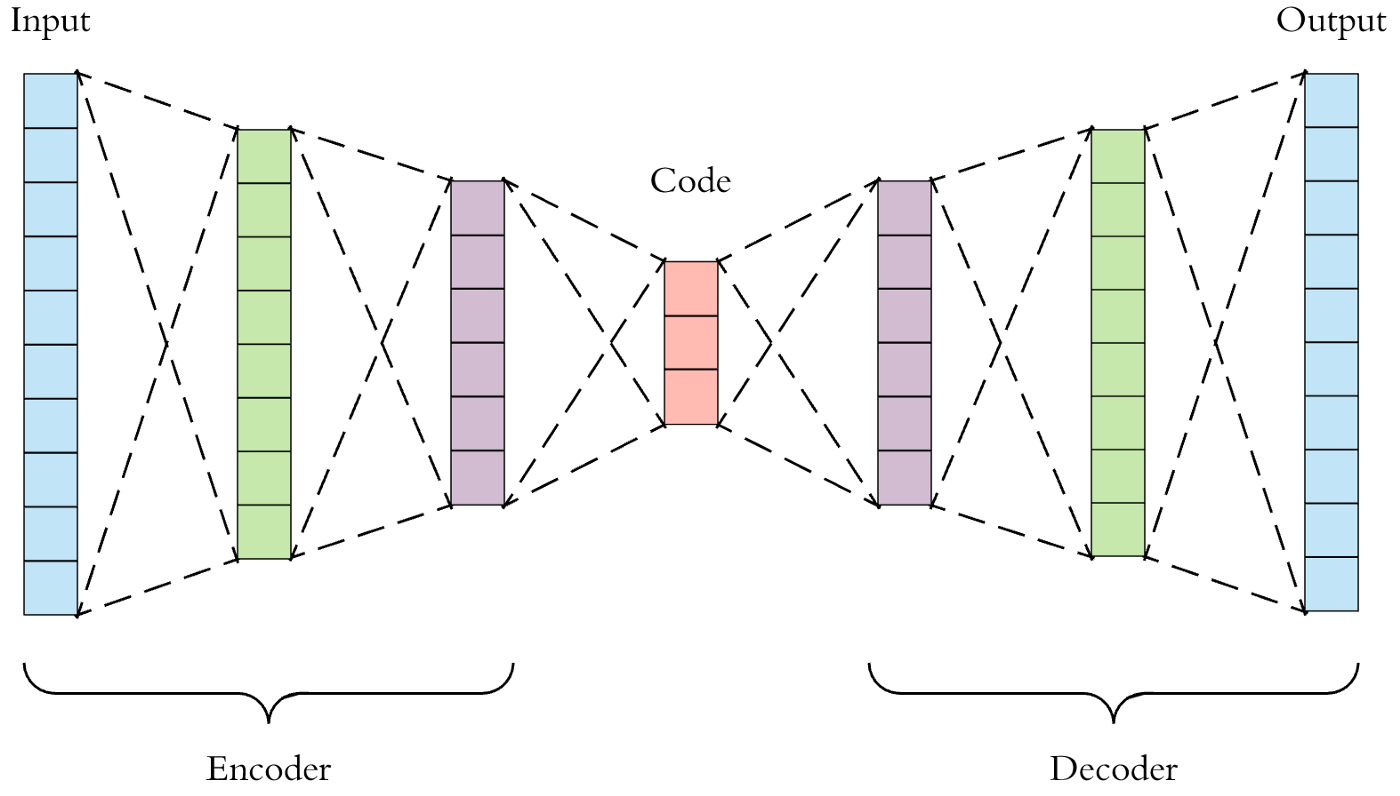Most popular practical deep learning models and AI examples

Artificial intelligence (AI) and deep learning are still unfamiliar concepts to the majority of us. Most people who first encounter these concepts react with a mixture of suspicion and intimidation. How can we programme machines to learn and carry out tasks that belong to people? What actually explains a whole industry dedicated to programming machines to act like people?
In today’s world, Deep Learning Models and AI are turning out to be major contributors in many industries. There are many implications of Deep learning models and AI which are becoming increasingly popular.
Here are some of the most popular examples of AI and Deep learning models
Table of Contents
- What is the Source of Deep Learning?
- CNNs (Convolutional Neural Networks)
- RNNs (Recurrent Neural Networks)
- GANs (Generative Adversarial Networks)
- RBMs (Restricted Boltzmann Machines)
- Autoencoders
What is the source of deep learning?
Deep learning and machine learning are both subsets of artificial intelligence. The most advanced and evolved stage of machine learning is called deep learning. Human programmers develop machine learning algorithms, which draw conclusions from data and learn as they are run.
Because it uses an artificial neural network that closely resembles the human brain, deep learning differs from machine learning. The same network enables machines to examine data in a manner similar to that of humans. These deep learning machines don't need to follow the commands of human programmers in order to function.
The enormous volumes of data we produce and consume each day are what allow deep learning to be possible. Deep learning models heavily rely on data to speed up data processing.
Some of the deep learning models and their applications
1. CNNs (convolutional neural networks)
Machine learning includes convolutional neural networks, also known as convnets or CNNs. It is a subset of the several artificial neural network models that are employed for diverse purposes and data sets. A CNN is a particular type of network design for deep learning models that is utilised for tasks like image recognition and pixel data processing.

Convolutional neural networks
Layers of CNN
in-depth learning Convolutional, pooling, and fully connected (FC) layers make up the three layers of CNN. The first layer is the convolutional layer, while the final layer is the FC layer.
The complexity of the CNN goes from the inner convolutional layer to the FC layer. The CNN can identify increasingly larger and more intricate aspects of an image until it successfully recognizes the complete item. This is made possible by the increasing complexity of the image.
Convolutional layer
The convolutional layer, the central component of a CNN, is where most computations take place. The first convolutional layer may be followed by a subsequent convolutional layer. A kernel or filter within this layer moves over the image's receptive fields during the convolution process to determine whether a feature is present.
The kernel traverses the entire image over a number of iterations. A dot product between both the input features and the filter is calculated at the end of each iteration. A data point or convolved feature is the result of the dots being connected in a certain pattern. In this layer, the image is ultimately transformed into numerical values that the CNN can understand and extract pertinent patterns from.
Layer of pooling
A kernel or filter is also swept across the input image by the pooling layer, just like the convolutional layer. Contrary to the convolutional layer, the pooling layer has fewer input parameters but also causes some information to be lost. Positively, this layer simplifies the CNN and increases its effectiveness.
Fully interconnected layer
According to the features that were derived from the preceding layers, image categorization in the CNN takes place in the FC layer. When a layer is fully connected, all of its inputs and nodes are linked to each activation unit and node of the layer above.
Applications of CNNs model
i) Healthcare industry:
- Report scanning: CNNs is used to identify cancer in medical images like CT scans and mammography. When indicators of malignancy or cell damage due to both hereditary and environmental factors, such as smoking behaviours, are visible within a picture, CNN models analyse the patient's image and compare it to database images that include comparable features to determine whether they are present. When compared to pathologists' detection rates of 85–90%, CNN models are capable of providing results that are incredibly accurate. CNNs have also been capable of recognizing malignant cells with a 95% accuracy rate.
- Medical Imaging: In order to find tumors or other anomalies in X-ray pictures, CNNs have been utilized in medical imaging. Based on previously processed similar images by CNN networks, CNN models are also capable of performing image analysis of a human part of the body, like the knee, and pinpoint where there could be a tumour inside the image. X-ray pictures can also be utilized to identify anomalies using CNN models. CNNs have been used to pinpoint the location of tumors and other anomalies like broken bones in X-ray images.
ii) AI industry:
- Face recognition: Face detection in photos has been accomplished using CNNs. After receiving an image as input, the network outputs a collection of values that indicate the attributes of face or facial characteristics at various locations in the image. According to numerous research publications, CNN has demonstrated increased accuracy over earlier algorithms, correctly recognizing faces around 97% of the time. CNN is also used to lessen the degree of facial distortion. CNNs are quite accurate at identifying facial characteristics like the eyes, nose, and mouth, which helps to minimize distortions caused by factors like angles or shadows.
- Object identification: CNN is used to classify items based on the shapes and patterns present in a picture in order to recognise objects across images. CNN has developed models that can recognise a variety of objects, from commonplace ones like food, famous people, or animals to odd ones like dollar bills and firearms. Techniques like semantic segmentation or instance segmentation are used to detect objects.
iii) Automobile industry:
Self-driving cars: CNN has been applied to autonomous vehicles to help them recognize barriers or decipher traffic signals. CNNs have been combined with reinforcement learning, a subfield of machine learning that emphasizes on positive and negative input from the outside world to enhance how CNN models react to various scenarios.
2. RNNs (Recurrent neural networks)
Recurrent neural networks (RNNs) is a type of neural network in which the results of one step are fed into the next step's computations. Traditional neural networks have inputs and outputs that are independent of one another, but in situations when it is necessary to anticipate the next word in a phrase, it is necessary to remember the prior words.

Recurrent neural networks
RNNs have a "memory" that retains all data related to calculations. It executes the same action on all of the input or hidden layer to generate the output, using the same settings for each input. In contrast to other neural networks, this minimizes the complexity of the parameter set.
Applications of RNNs
i) AI Industry
- Speech recognition: Sound from a source can be used as an input signal for RNNs to forecast phonetic segments. Phonemes or sound waves from an audio file are processed correctly and used as inputs to make up the collection of inputs. The phonemes will be calculated by the RNN network, which will then generate a phonetic segment and an output likelihood estimate.
- Machine Translation: Text can be translated from one dialect to another using machine translation RNNs in one sort or another. A sophisticated RNN is used in almost all of today's translation systems. The user-selected target language will be used as the output, with the source language as the possible input.
Google Translate is one of the most well-known and widely used machine translation programs right now. Even more unique uses for recurrent neural networks are being developed by many platforms to filter and limit content. Machine translation is used extensively on e-commerce sites like Myntra, Amazon, and eBay, and it also improves the effectiveness of search results.
ii) Business processing industry
- Call center analysis: One of the most significant uses of RNNs in the area of audio processing can be considered is call center analysis. Instead of the conversation itself, customer metrics focus on the customer results. However, examining the conversation itself will give organizations the answers to the reason why the support team was successful and what steps were taken to address the client’s issue. Following that, the knowledge can be examined and applied to new support representative training or other instances that are similar.
Therefore, the entire procedure can be automated using RNNs to analyze and create voice synthesis from the real call for analytical purposes. Such, synthesized speech can also be used as an input for tone analytics in order to gauge the moods and emotions associated with particular passages of the discussion. This would make it easier for the company to tell when a customer is pleased with its products and services and when a problem has arisen.
3. GANs (General advertiser networks)
In machine learning, a deep learning model termed as General advertiser networks (GANs), two networks fight with each other to make predictions that are more correct. GAN typically operates unsupervised and learns through cooperative zero-sum games.
The generator along with the discriminator are the two neural networks that constitute the GAN. A deconvolutional neural network serves as the discriminator and the convolutional neural network serves as the generator. The generator’s objective is to create objects that could be mistaken for actual data by users. The discriminator’s objective is to determine the output received were produced intentionally.

General advertiser networks
Applications of GANs
i) Healthcare Industry
Denoising: One of the various methods for enhancing the image quality of photographs is denoising. Having stated that, software engineers have discovered that GAN networks can effectively denoise photos.
As the minute details in such images can make a significant difference in preventing the death of a medical patient who is suffering from a certain illness or disease, this technique has proved especially helpful in reducing statistical distortions that are prevalent in medical images like x-rays.
ii) Architecture and industrial design industry
Additionally, Generative Adversarial Networks also proved quite effective in assisting firms in producing 3D images for potential new goods and services. In order to achieve this, GANs can be taught to create 3-dimensional models using photos of 2-dimensional representations that were taken from a range of different angles and viewpoints. Returning to the practicalities of managing a business, the technology is highly helpful to industrial designers and architects since, even without other mitigating variables like construction materials into account, it is frequently prohibitively expensive to create the actual structures that these separate buildings require in order to function.
iii) AI Industry
Every technical product, system, or service built using deep learning models will require some sort of training data, regardless of the techniques or algorithms employed. In order to enlarge the size of the data set without sacrificing the quality of the data, software engineers have so far been able to instruct GANs to create new data by supplying existing data to the network. Additionally, these techniques can assist developers and businesspersons save time and money since finding and manually categorizing the quantity of data required to generate precise deep learning models can be a costly and time-consuming task.
4. RBMs (Restricted Boltzmann Machines)
Restricted Boltzmann Machines are variational two-layered neural networks that belong to a class of energy-based models that can automatically detect inherent patterns in data by rebuilding input. They have two visible and hidden layers. The visible layer contains input nodes (nodes that receive input data), while the hidden layer contains nodes that extract features from the data, with the output at hidden layer being a weighted sum of the input layers.

Restricted Boltzmann Machines
It may appear strange, but they have no output nodes and no typical binary output by which the patterns are learned. The learning process occurs without the ability that distinguishes them. We only care about input nodes and ignore hidden nodes. RBMs automatically capture all of the patterns, parameters, and correlations among the data once the input is provided. That is the Restricted Boltzmann Machine's beauty.
Applications of RBMs
Cybersecurity Industry
Hand Written Digit Identification is a very prevalent problem these days and is used in a variety of applications such as criminal evidence, office digitalization, check validation, and data input applications. It also presents difficulties such as different writing styles, different versions in shape and size, and image noise, which causes changes in number system topology. For digit recognition, a hybrid RBM-CNN technique is used.
5. Autoencoders
Autoencoders are a kind of feedforward neural network with identical input and output. In the 1980s, Geoffrey Hinton created autoencoders to solve unsupervised barriers to learning. They are neural networks that have been trained to replicate data from input layer to output layer. Autoencoders are used in a variety of applications, including pharmaceutical exploration, popularity prognostication, and image processing.

Autoencoders
Applications of autoencoders
i) Cyber Security Industry
Anomaly Detection: An autoencoder network can also be used to detect anomalies. A fraudulent activity or any extremely imbalanced supervised task can be detected using an anomaly detection model.
The objective is to develop autoencoders using only sample data from a single class (majority class). As a result, the network can reconstruct the input with little or no reconstruction loss. When another target class's sample data is fed into the autoencoder network, the reconstruction loss is comparatively larger.
ii) Healthcare Industry
Image denoising: Real-world raw inputs are frequently noisy, and training a strong supervised model necessitates clean, noise-free data. To denoise the data, autoencoders can be used.
Image denoising is a popular application in which autoencoders attempt to reconstruct a noise - free image from a loud and annoying input image. The autoencoder is fed the noisy input image as input, and the output noise - free outcome is reconstructed by minimizing the restoration loss from the previous target output (noiseless). After the autoencoder weights have been trained, they can be used to denoise the image data.
As the minute details in such images can make a significant difference in preventing the death of a medical patient who is suffering from a certain illness or disease, this technique has proved especially helpful in reducing statistical distortions that are prevalent in medical images like x-rays.
Hope this information about deep learning models will help you understand various deep learning models and their applications in various industries.
To keep yourself updated with such interesting information, stay tuned!

Simplify Your Data Annotation Workflow With Proven Strategies
.png)


